Metal and brick-and-mortar warehouses have been used for manufacturing facilities for years as the go-to solution for equipment and process housing, material processing, manufacturing and shipping preparation.
A few specific technological advancements in fabric building design and manufacturing practices can provide key improvements for factories and warehouses around the world, improving supply chain efficiency and reducing logistics costs at the same time.
Improved Energy Efficiency
Tension fabric buildings offer high solar reflectance, thermal emittance, and they require less active heating and cooling methods inside the building. Fabric roofs can also provide up to 12% translucency, allowing a higher degree of natural light to enter the facility, improving energy efficiency and reducing electrical costs.
Furthermore, fabric buildings can be equipped with insulation to any R-value of thermal resistance, reducing the need for HVAC systems and lowering climate-control costs. Passive and active ventilation systems can be installed in most fabric buildings depending on size and local environmental conditions.
Better Indoor Conditions
Companies are being held accountable for their overseas manufacturing processes after long periods of neglect.
Studies have shown that improving working conditions in factories boosts employee morale, increases productivity and reduces turnover. Temperature, particle and humidity control are easier and more affordable in a fabric building than traditional steel or concrete facilities, and any compromises in a fabric building’s tensioned membrane can be more easily fixed compared to traditional structures.
Long-Term Savings
A 1974 study by the Army Construction Engineering Research Laboratory estimated that foundation and structural materials made from wood, brick or concrete have finite lifespans, requiring complete demolition and replacement within 10-75 years depending on material selection.
Composite membrane materials demonstrate a high resistance to extreme outside temperatures, high abrasion resistance and ease of repair. Due to sectional manufacturing, a damaged fabric panel can be removed, discarded or repaired and rapidly replaced. See our Technology and Engineering page for more information on how our fabric structures are constructed.
Steel and anodized aluminum frames with electrostatic powder coating offer proven longevity, providing reliable performance for decades. Once a fabric building reaches the end of its lifespan, the environmental footprint of a structure installed without foundations is nearly non-existent. If a fabric building was installed on a foundation, it’s easy to replace or expand the facility without completely demolishing a permanent construction.
For more information on fabric buildings from Alaska Structures or to order yours today, call +1-907-344-1565, email us or contact us online to speak with a building specialist.
[Related: Eco-Friendly And Energy-Efficient Fabric Buildings]


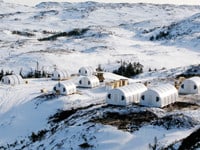



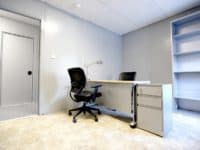

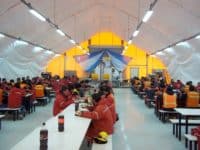

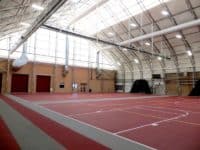









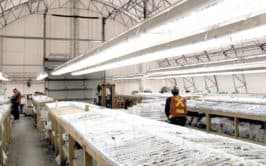



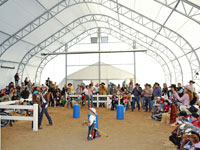



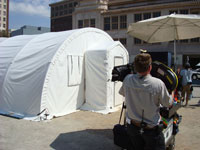
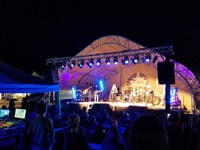
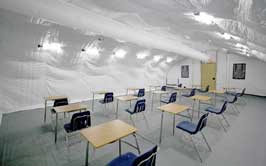


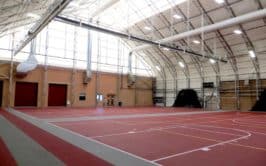

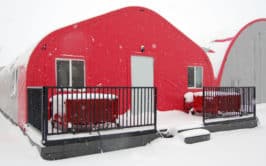

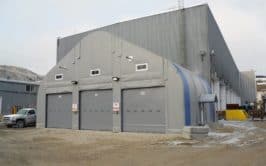

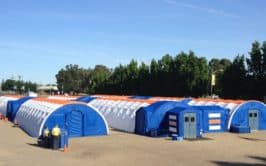
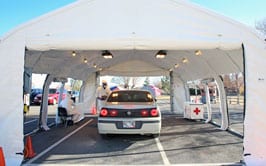
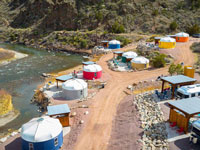

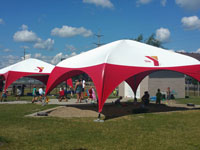
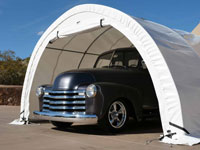
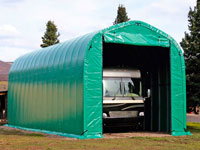
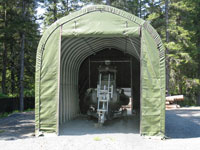
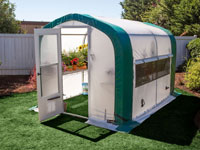
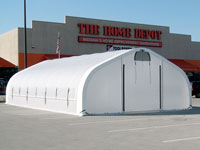
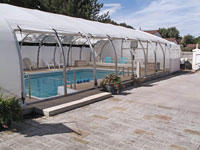
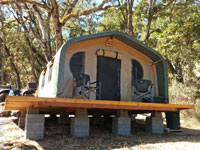
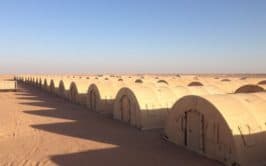
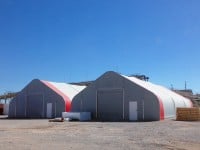

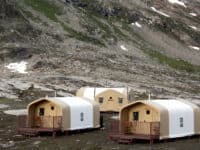

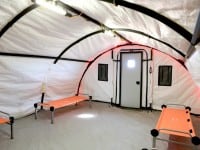
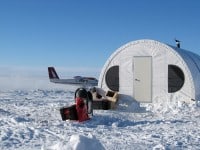
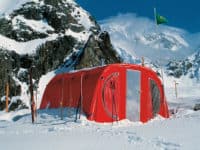


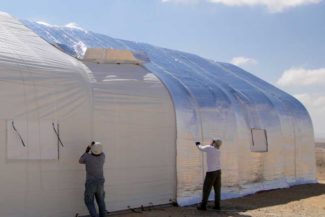

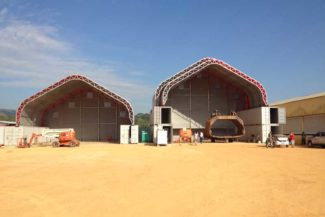

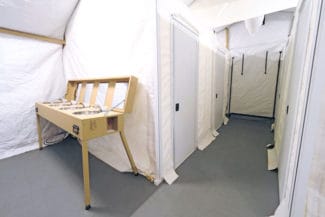
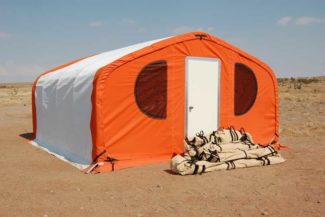
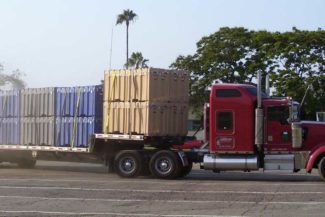
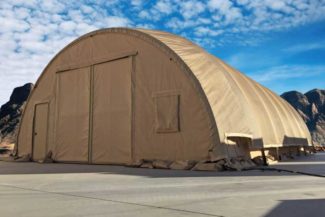


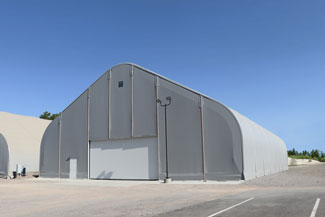

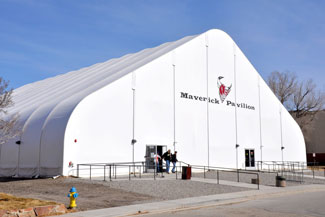

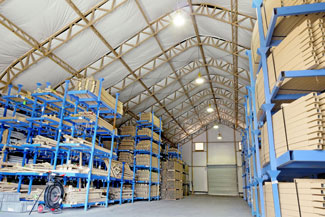
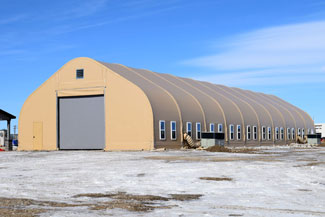



Leave a Reply